Last week wasBritish Science Week, with some amazing science-based activities and events taking place across the UK so I thought it would be a great time to share an article we ran in How It Works magazine at the start of 2016. There's some amazing scientific breakthroughs on the horizon with scientists and engineers from a wide range of different specialisms working together to create an array of new medical technologies that could completely transform the way we diagnose, treat and even cure disease.
Nanotechnology is taking medical treatment down to the molecular scale, focusing on the minute machinery that keeps the body ticking over, while stem cells could provide a renewable source of replacements for every cell in the human body. Personalised medicine promises to tailor treatments to each patient's individual genetic profile, and advances in neuroscience, computing, robotics and electronics are allowing advanced prosthetics to respond directly to commands sent by the brain. Vaccinations could one day be delivered painlessly by thousands of microscopic projections, while custom combinations of vitamins or drugs could be printed into convenient daily pills. We can't be sure which of today's cutting-edge techniques will make it to the medical clinics of the future, but with technology moving this rapidly, there are certain to be more medical 'miracles' just around the corner.
Curing blindness - Could stem cells be used to restore sight?
The London Project to Cure Blindness is a collaboration between Moorfields Eye Hospital, University College London, the University of Sheffield, the British Government, and pharmaceutical company Pfizer. It aims to tackle a disease called 'wet age-related macular degeneration' (wet AMD), which causes rapid loss of central vision.
The team are using stem cells to grow sheets of retinal pigment epithelium (RPE) cells. These cells form a brown-coloured layer on the back of the eye that helps to absorb scattered light, aiding with vision, and help to nourish and protect the rods and cones that detect light entering the eye. The RPE cell layer can become damaged in wet AMD, so the team have used stem cells to grow a patch of new RPE cells to replace them.
The new cells behave just like the real thing in the lab, so in 2015, the first patient received the new treatment as part of a clinical trial. After that, a further nine patients will be tested to find out whether this pioneering treatment is safe, and crucially, whether it works. In the future, the team hope to be able to use stem cells to grow new rod and cone cells, repairing damage to the light-sensing machinery of the eye.

Helping people to walk again
The future of medicine is not just about biological advancements - robotics, prosthetics and complex electronics are set to play an increasingly important role in health care. Existing medical prosthetics are able to respond to nerve impulses or muscle movements in the body of the wearer, and now research teams are plugging medical aids into the brain.
Brain-to-tech interfaces read the electrical patterns of the brain. These can be recorded across the scalp using an electroencephalogram (EEG), and the patterns can be decoded by a sophisticated computer algorithm. A team at the University of California, Irvine, have developed a system that monitors signals from the brain, and transforms them into a series of electrical pulses. The pulses travel down wires attached to the muscles in the legs - effectively doing the job of the spinal cord. The technology is still in development, but in early tests it enabled a man with a spinal cord injury to walk for the first time in seven years. Similar interfaces are also being trialled for use with prosthetics, and scientists are even working on sensors that can recreate the sensation of touch.
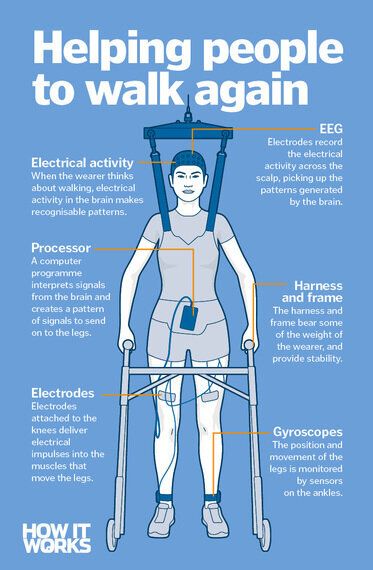
Printing body parts
The future holds custom-printed drugs and prosthetics, and even replacement body parts. Plastic 3D printers are a natural fit for creating prosthetics, but some of the most exciting medical 3D printers use a different kind of 'ink'. Using precision techniques, scientists are working on combining different medicines into one compact pill. Different ingredients could be included in the printer to control when each drug is released, and custom pills could be printed for each patient. This goal is still decades away, but printers could be used to make vitamin supplements much sooner.
3D printers can also be used to create custom surgical implants, from plates, to replacement joints, to scaffolds used to encourage cells to grow into new tissues. These printed structures can either be long-lasting or soluble. However, 3D printers don't just produce artificial body parts; they are also able to recreate the real thing. Some 3D printers are designed to print with living human cells, forming sheets of tissue that could be used as grafts to repair damage. Researchers at the Wake Forest Institute for Regenerative Medicine, North Carolina, are also working on printing cells directly on to the body to repair wounds. Printing entire organs is the ultimate goal, but whether it is actually possible is a topic of debate among scientists.
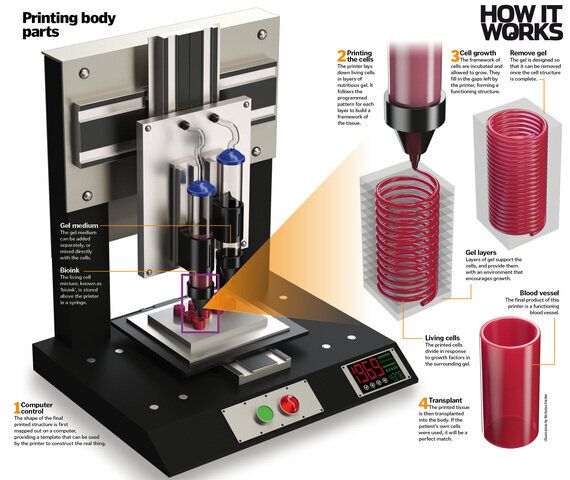
Defeating superbugs
If we are going to survive future infections, we need to tackle antibiotic resistance. Just like humans, bacteria have variations in their genes that give them slightly different characteristics. This means that some bacteria will succumb to antibiotics faster than others. If the more hardy bacteria survive until the course of antibiotics has finished, they can then go on to create an entire colony with the same genetic advantages. The antibiotic you took before will no longer be effective in treating the infection. The more antibiotics are used, the more this cycle repeats, and there are now several strains of bacteria that are able to resist the effects of some of our most powerful drugs. Even more worryingly, antibiotic resistance genes can be passed from one bacterium to the next, and even between species.
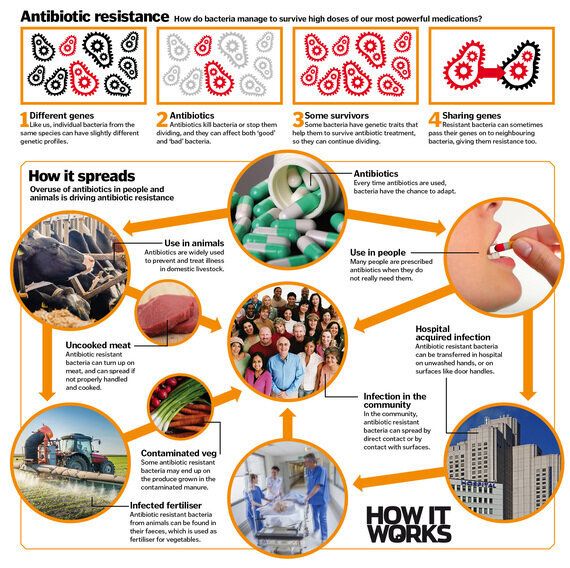
Nanomedicine
The molecular machinery that keeps the human body running is built on a nanometre scale. Haemoglobin molecules (the proteins that carry oxygen in your blood) are roughly 5 to 7 nanometres in diameter - that's about 10,000 times smaller than the width of a human hair!
Nanomedicine attempts to interact with this miniature world using materials that measure less than 1,000 nanometres across. Down at this tiny scale, scientists hope to develop high-precision nanotechnology that could repair or replace damaged cell components.
Nanomaterials have already entered the clinic, where they are being used to make capsules that carry tiny packages of drugs into the body. Some capsules help to protect the drug from being broken down as it travels to the right part of the body, and others assist with targeting, ensuring that the treatment gets to the right place
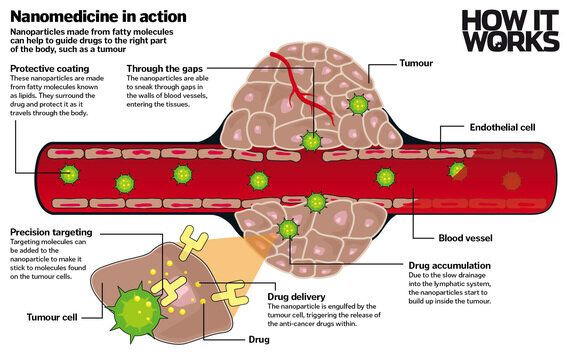
Regenerating damaged tissues
With incredible capacity for regeneration, stem cells have the potential to replace every cell in the body. Most of the cells in your body are highly specialised; each is dedicated to its individual role, and once it has committed to becoming a certain cell type, the decision is permanent. Stem cells, however, have not yet chosen a specialism. Instead, they support growth and repair, and are able to carry on making copies of themselves long after most other adult cells would have stopped dividing. Each of those copies can rest, make more copies, or begin the process of transforming into a specialist cell. The specialism that the stem cell chooses varies based on the signals it receives, and depending on the type of stem cell that it is - an embryonic stem cell, or one of the many different kinds of adult stem cell. Embryonic stem cells are the most powerful; they are found in the developing embryo and, with the right signals, can transform into any cell in the human body.
Given these incredible properties, it is no wonder that stem cells are receiving a lot of attention from the scientific community. Doctors already perform stem cell transplants to replace lost bone marrow, and stem cells are used to create skin grafts. In the future, it is hoped that they will be used to repair damaged tissues inside the body, or even to rebuild entire organs.
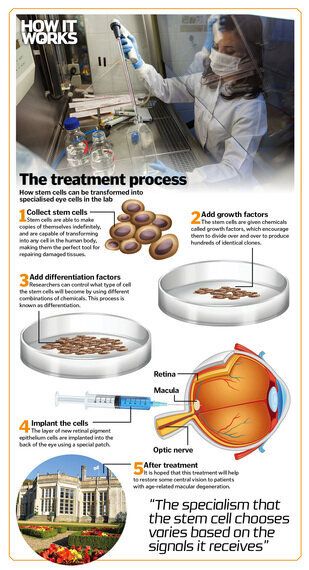
This article first appeared in How It Works issue 80 written by Laura Mears. How It Works is the magazine that feeds minds and aims to inspire a sense of awe and wonder at the world we live in.